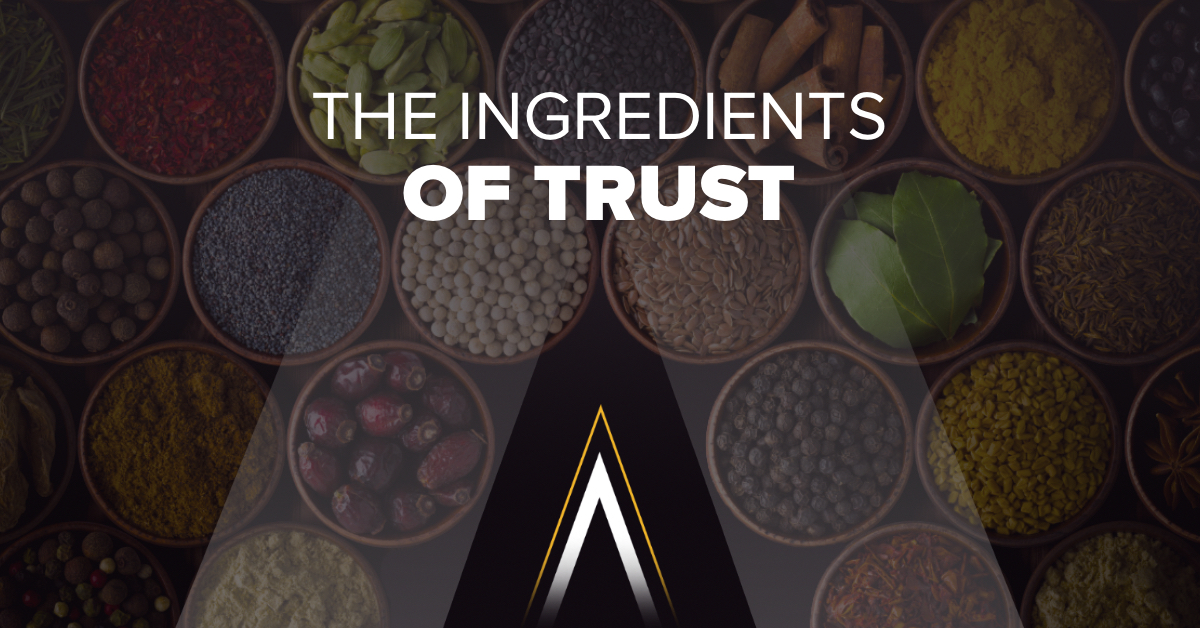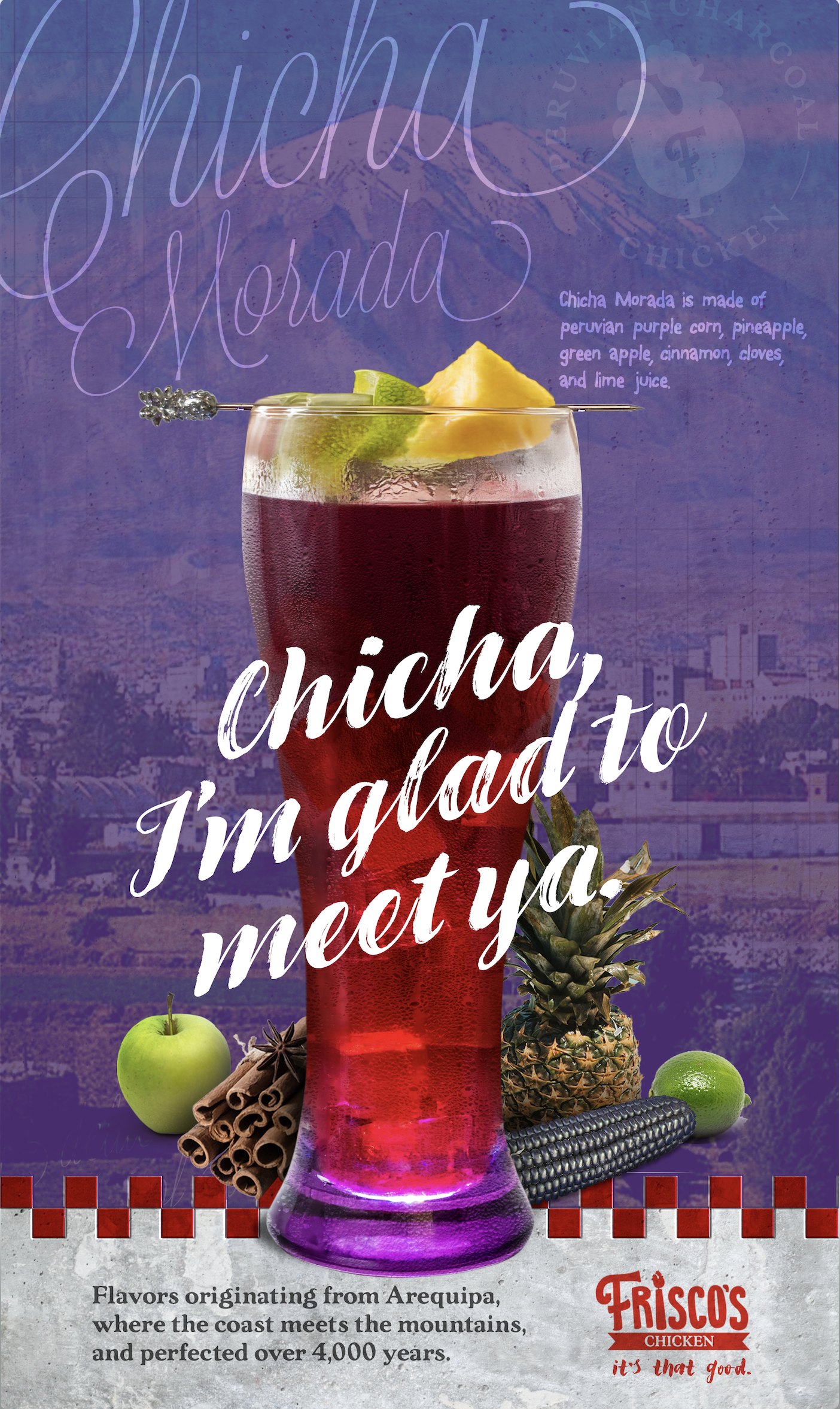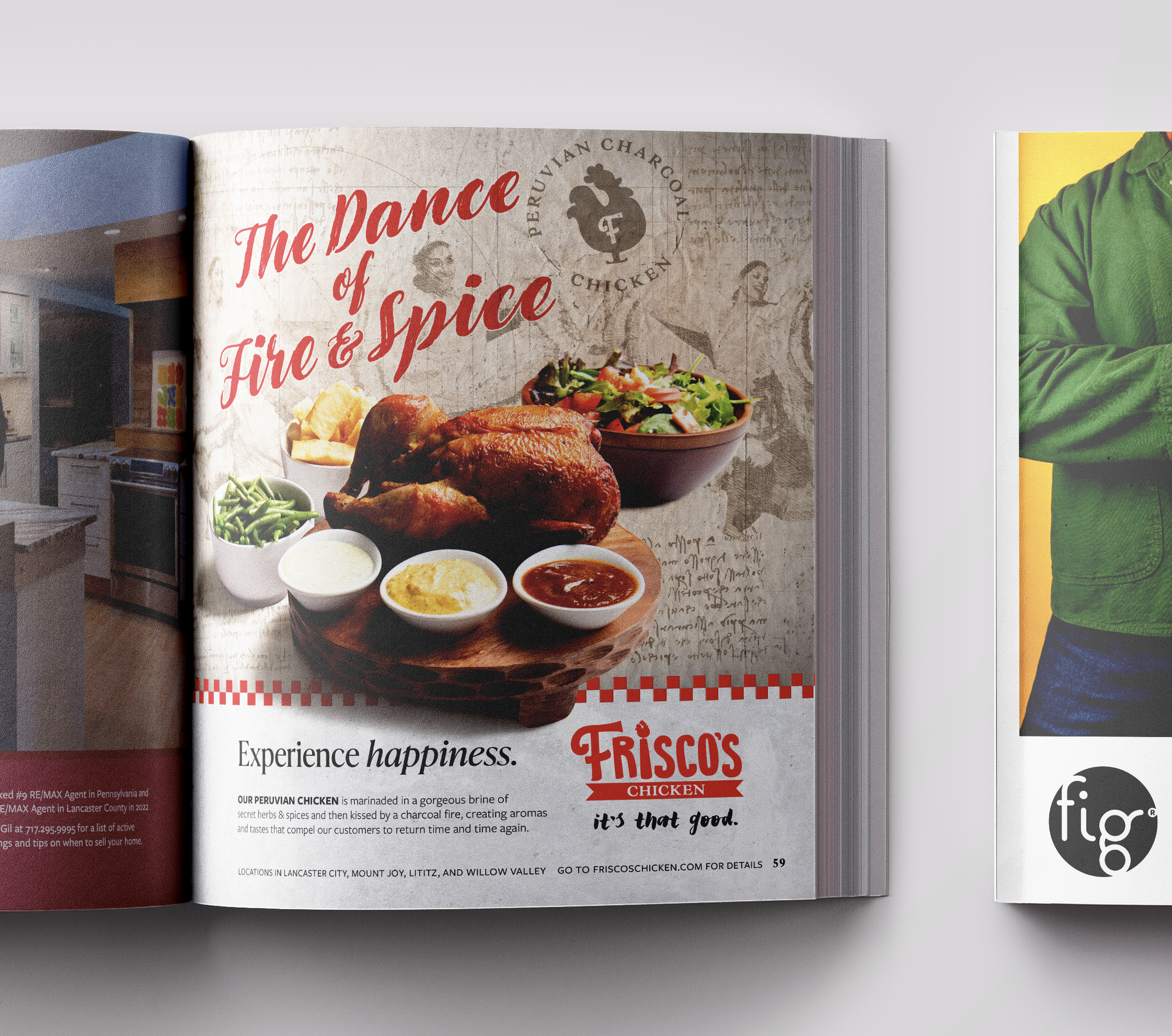
In the highly competitive world of food marketing, building brand loyalty requires more than just a catchy jingle or a clever tag line.
While the right ingredients, the right packaging, and the right taste are all critical to keeping casual consumers coming back for more, it’s the right storytelling that solidifies a food brand’s value and creates brand evangelists.
The Essence of Storytelling in Food Branding
What is the right story for a food brand? In this case, it’s probably not the brand’s product development, manufacturing, or innovations (even if they’re significant). Rather, it’s the brand’s heritage, its ingredient sourcing, and/or its community contributions that help define the company and create a lasting bond with the consumer. In a market where competing companies create products that are remarkably similar in quality, taste, and price, food brands must differentiate themselves viscerally and emotionally.
This approach to brand loyalty is particularly effective in the food sector because it taps into the universal language of food as an experience and an integral part of cultural identity. By sharing stories that resonate on a personal level, food brands invite consumers into a world where every one of their products has a story worth telling.
Cooking Up Authenticity
In the bustling marketplace of food brands, the stories that resonate most deeply with consumers are those rooted in authenticity and shared values. These narratives not only illuminate the brand’s journey but also forge a connection that goes beyond the product itself.
Here are a few approaches that can make food brand storytelling authentic.
The Roots of Heritage

Heritage is not just about where a brand comes from; it’s about the traditions, practices, and values that have shaped its journey. A food brand’s heritage can offer a colorful blend of stories, from the humble beginnings of a family recipe to the evolution of a company that has stayed true to its roots while innovating for the future. Stories of heritage speak directly to consumers who hunger for brands with depth and authenticity and stand for something other than just profit.
From Farm to Fork
The journey of ingredients from farm to fork is a narrative that increasingly captures consumer imagination. Today’s food-savvy customers want to know more about the origins of their food, how it is grown, and who is growing it. By highlighting the ethical sourcing of ingredients, brands can tell a story of commitment to quality, sustainability, and respect for the earth. This transparency not only builds trust but also enriches the customer experience, allowing them to feel like they are part of a larger story of responsible consumption.
Community at the Heart

The most compelling brand stories often extend beyond the company itself and reach out into the community. Whether it’s through supporting local farmers, engaging in charitable endeavors, or contributing to important causes, brands that put community at the heart of their story demonstrate a commitment to shared values. These acts of giving back turn a brand narrative into a community narrative, creating a sense of belonging and loyalty among consumers who see their own values reflected in the brand’s actions.
These are just a handful of ideas. Other ideas worth pursuing for food brands are stories about innovative culinary techniques; collaborations and partnerships with farmers, chefs, or other brands; real customer stories and experiences; stories about the company’s origins, cultural events and traditions; or glimpses into the brand’s efforts to increase sustainability while lowering its environmental impact.
Measuring the Impact of Storytelling on Brand Loyalty
In the world of brand marketing, and particularly within the food industry, storytelling is not just an art; it’s a strategic tool that can significantly enhance brand loyalty. To truly understand the impact of these stories, however, brands must frequently review consumer engagement metrics and feedback.
Feedback Loops
One way brands can gauge the resonance of their storytelling efforts is by creating a feedback loop. This can be achieved through social media engagement analytics, customer surveys, and direct feedback channels such as Google reviews and social post comments.
By actively listening to their audience, food brands can determine which aspects of their stories are striking a chord and which elements may need refined. This ongoing dialogue not only helps tailor the narrative to better meet consumer expectations but also reinforces the brand’s commitment to its audience.
Brand Evangelism
The ultimate measure of successful storytelling in food branding is the cultivation of brand evangelists – consumers who are so moved by the brand’s narrative that they become its voluntary advocates. These individuals share their positive experiences with the brand through word-of-mouth, social media, and other channels, effectively amplifying the brand’s message and pulling people in their sphere of influence into the brand universe. To track the emergence and influence of brand evangelists, companies can monitor mentions, shares, and the overall reach of their brand stories across digital platforms. Sometimes they’ll even receive unsolicited feedback directly from the brand evangelists themselves!
Nourishing Connection with Stories
Food stories aren’t just selling tools; they are the soul of the brand. They offer consumers a glimpse into the passion, culture, and traditions that go into every bite.
Regardless of the approach food brands take in their storytelling, the goal remains the same: to build a brand that stands for something more than its products.
If you’re looking to start your good brand journey, reach out to us.
We are Gate. Let’s do this together.